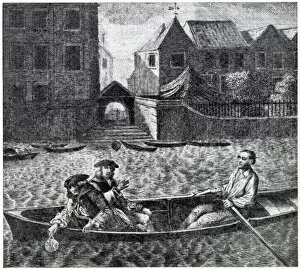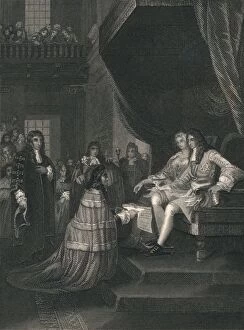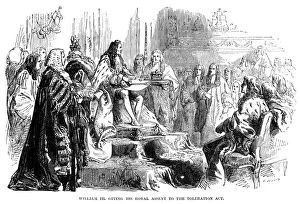Assent Collection
"Assent: A Journey Through Centuries of Power and Change" In the turbulent waters of history, the concept has shaped nations and toppled empires
All Professionally Made to Order for Quick Shipping
"Assent: A Journey Through Centuries of Power and Change" In the turbulent waters of history, the concept has shaped nations and toppled empires. From King James II defiantly hurling the Great Seal into the River Thames to Charles I reluctantly giving his assent to the "Petition of Rights, " these moments have defined our understanding of authority. The year 1689 witnessed a pivotal event as William and Mary received The Bill of Rights, forever altering the course of governance. An unknown creator immortalized this moment in an engraving that captures their acceptance with grace and determination. As we delve further into history, we find ourselves amidst Puff at St Stephens, witnessing heated debates echoing through grand halls, and is here that decisions are made, bills passed, and progress achieved. One such bill was triumphantly embraced on February 15th, 1870 – Taking the (Irish) Bull by the Horns – a testament to Parliament's ability to address pressing issues head-on. Throughout time, royal figures have played a crucial role in granting their assent. William III's regal hand bestowing approval upon the Toleration Act stands as a symbol of religious freedom for all. The House of Lords itself becomes an emblematic backdrop for countless significant events. In John Pine's artistic depiction from 1742, it exudes power and tradition while serving as witness to political discourse that shapes nations. Even great leaders like Disraeli faced criticism when pushing for reform; yet they persevered undeterred by naysayers who questioned their motives or methods. The Humours of Cynicus reminds us that progress often comes with its fair share of skepticism but remains vital nonetheless. Royal commissions convened within those hallowed walls too - one such instance being captured in an engraving from 1846 depicting a solemn gathering in the House of Lords where important matters were discussed under watchful eyes.











